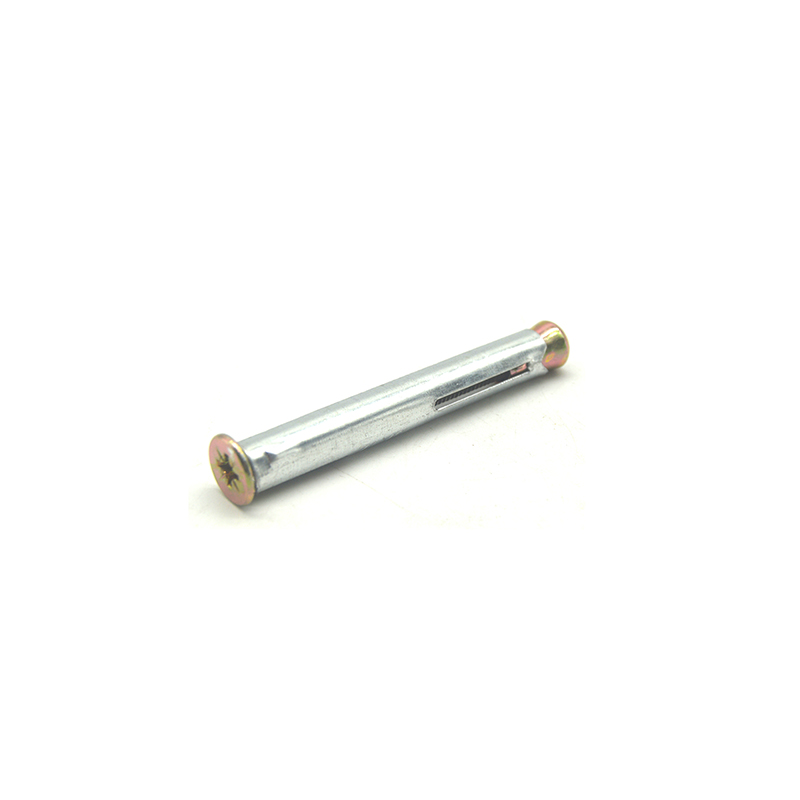- English
- Chinese
- French
- German
- Portuguese
- Spanish
- Russian
- Japanese
- Korean
- Arabic
- Irish
- Greek
- Turkish
- Italian
- Danish
- Romanian
- Indonesian
- Czech
- Afrikaans
- Swedish
- Polish
- Basque
- Catalan
- Esperanto
- Hindi
- Lao
- Albanian
- Amharic
- Armenian
- Azerbaijani
- Belarusian
- Bengali
- Bosnian
- Bulgarian
- Cebuano
- Corsican
- Croatian
- Dutch
- Estonian
- Filipino
- Finnish
- Frisian
- Galician
- Georgian
- Gujarati
- Haitian
- Hausa
- Hawaiian
- Hebrew
- Hmong
- Hungarian
- Icelandic
- Igbo
- Javanese
- Kannada
- Kazakh
- Khmer
- Kurdish
- Kyrgyz
- Latin
- Latvian
- Lithuanian
- Luxembou..
- Macedonian
- Malagasy
- Malay
- Malayalam
- Maltese
- Maori
- Marathi
- Mongolian
- Burmese
- Nepali
- Norwegian
- Pashto
- Persian
- Punjabi
- Serbian
- Sesotho
- Sinhala
- Slovak
- Slovenian
- Somali
- Samoan
- Scots Gaelic
- Shona
- Sindhi
- Sundanese
- Swahili
- Tajik
- Tamil
- Telugu
- Thai
- Ukrainian
- Urdu
- Uzbek
- Vietnamese
- Welsh
- Xhosa
- Yiddish
- Yoruba
- Zulu
- Kinyarwanda
- Tatar
- Oriya
- Turkmen
- Uyghur

no 2 self tapping screws
Zovuta za No. 2 Self-Tapping Screws
Pamene mukuyenda pa dziko la fasteners, ndi no 2 self tapping screws gwirani malo apadera. Tizigawo zing'onozing'ono, koma zamphamvu ndizofunikira pamagwiritsidwe osiyanasiyana, komabe pali kusamvetsetsana kochuluka kozungulira iwo. Tiyeni tifufuze mwatsatanetsatane zomwe zimawunikira kufunika kwake ndikuthana ndi malingaliro olakwika omwe anthu ambiri amawadziwa.
Kodi No. 2 Self-Tapping Screws Ndi Chiyani?
Ngati mudagwirapo ntchito yomwe imafuna kuti mugwire mwamphamvu popanda kuwongolera, mwina mumadziwa lingaliro la zomangira zokha. The no 2 self tapping screws, makamaka, zapangidwa kuti zikhale zolondola komanso zogwira mtima. Nthawi zambiri amagwiritsidwa ntchito ngati chitsulo chopyapyala kapena pulasitiki pomwe kugogoda kusanachitike sikutheka kapena kuchitapo kanthu. The 'No. 2' imatanthawuza kukula kwake, komwe, m'mawu ofulumira, kumatanthauza kuti kupatuka kulikonse kungakhudze kuchitapo kanthu komanso kukwanira.
Ndakumanapo ndi zochitika zomwe zosintha zinapangidwa ndi makulidwe osiyana pang'ono. Simathera bwino. Kukwanira sikuli koyenera, ndipo kumabweretsa kuchotsedwa kwa zida. Kwa iwo omwe amalowa m'makampani, kumvetsetsa mitundu ya kukula kwake ndikofunikira.
Ku Handan Shengtong Fastener Manufacturing Co., Ltd., komwe mungafufuze zambiri pa tsamba lawo, kugogomezera kulondola ndi miyezo ndiyofunika kwambiri. Kupatuka kulikonse kumatha kupanga kapena kuphwanya projekiti, makamaka muzochitika zazikulu zopanga.
Maganizo Olakwika Odziwika
Lingaliro limodzi lolakwika lomwe ambiri amagweramo ndikungoganiza kuti zomangira zonse zimachita ntchito yomweyo. Zowona, monga ndawonera kambirimbiri, ndizosiyana. Mbiri, ulusi, ndi nsonga - zonse zimathandizira pa ntchito yake. Kugwiritsa ntchito a no 2 self tapping screw mosayenera nthawi zambiri kumabweretsa kusakwanira komanso kuchedwa kwa ntchito.
Nkhani ina yomwe ndimakumbukira inali yokhudza kasitomala yemwe amayesa kugwiritsa ntchito zomangira zazikulu, poganiza kuti kukula kwakeko kungathandize kuti agwire bwino. M'malo mwake, zinayambitsa kugawanika muzinthu zogwirira ntchito, kulakwitsa komwe kukanapewedwa ndi kumvetsetsa koyenera kwa kukula. Zonse zimadalira kulinganiza—chibwenzi choyenera popanda kupsinjika maganizo.
Opanga ngati Handan Shengtong amamvetsetsa zobisika izi. Amagogomezera kugwirizana kwa zinthu ndi momwe amagwiritsidwira ntchito, zomwe obwera kumene nthawi zambiri amanyalanyaza pothamangira kumaliza ntchito.
Mapulogalamu ndi Zochita Zabwino Kwambiri
Kusinthasintha kwa no 2 self tapping screws amawapangitsa kukhala oyenera magetsi, mipando, ndi mafakitale amagalimoto, pakati pa ena. Koma, ntchito iliyonse imafunikira kutsatira njira zabwino kwambiri kuti mupeze zotsatira zabwino. Ukhondo wa malo ogwirira ntchito ndi zida sizingagogomezedwe mopambanitsa.
Kwa iwo omwe ali m'malo ovuta kwambiri, kusankha zinthu zosagwirizana ndi dzimbiri mu zomangira kumatha kupewa kulephera msanga. Ndimakumbukira ntchito yopala matabwa ya panja pomwe zomangira zomwe zidapangitsa dzimbiri, motero zinalephera m'miyezi ingapo. Kusintha kukhala chitsulo chosapanga dzimbiri kukanatalikitsa moyo kwambiri.
M'malo mwake, kumvetsetsa chilengedwe ndi zomwe zimagwiritsidwa ntchito kumagwira ntchito yofunika kwambiri pakusankha zinthu zoyenera, zomwe zidatsitsidwa ku Handan Shengtong Fastener Manufacturing Co., Ltd.
Mavuto ndi Mayankho
M'zochita, zovuta nthawi zambiri zimangobwera osati kuchokera ku zomangira komanso kumasulira kwa ntchito zawo. Nkhani yomwe nthawi zambiri imakhala yolimba kwambiri. Ichi ndi chinthu chomwe nthawi zambiri chimaphonya m'mawu ofotokozera ndipo adaphunzira movutikira m'munda.
Kulimbitsa mopitirira muyeso kumavulaza kwambiri kuposa zabwino, kuvula ulusi ndikusokoneza kukhulupirika kwa chomangira. Ndi phunziro lomwe ine, ndi ena ambiri, ndaphunzira kudzera muzochitikira ndikusintha kudzera muzochita.
Kugwiritsa ntchito zida zokhala ndi ma torque kungathandize kuchepetsa izi, ndikupereka kumangirira koyenera kwa zinthu ndi kugwiritsa ntchito. Ku Shengtong Fastener, akugogomezera kufunika kwa zida zoyenera, zomwe mungapeze zambiri tsamba lawo.
Kuyang'ana Patsogolo
Pamene mafakitale akusintha, kufunikira kolondola kwa zomangira ngati no 2 self tapping screws kumangowonjezera. Kumvetsetsa miyezo, monga yosungidwa ku Handan Shengtong, kumakukonzekeretsani kukumana ndi zovuta izi. Zatsopano zazinthu ndi njira zopangira ndizosangalatsa; amalonjeza mphamvu zowonjezera ndi ntchito.
Komabe, chidziwitso choyambirira cha zomangira izi chimakhalabe chofunikira. Kaya kupanga kwakukulu kapena mapulojekiti osavuta a DIY, kusankha screw yoyenera, kumvetsetsa cholinga chake, ndikutsatira machitidwe abwino zidzatsimikizira kuti zonse zikuyenda bwino komanso kudalirika kwanthawi yayitali.
Nthawi zonse pali zambiri zoti muphunzire, koma kumvetsetsa zoyambira kumatsimikizira kuti simukhala patali kwambiri.
Zogwirizana mankhwala
Zogwirizana nazo
Kugulitsa kwambiri mankhwala
Zogulitsa kwambiri-
 Grey chitoliro kukula pulasitiki
Grey chitoliro kukula pulasitiki -
 Mtundu wakuda wa Bolt
Mtundu wakuda wa Bolt -
 Chotsani chingwe chowongoka
Chotsani chingwe chowongoka -
 Hexagonal matabwa screw
Hexagonal matabwa screw -
 Pan mutu kudzibowolera
Pan mutu kudzibowolera -
 Window Frame Expansion Nangula
Window Frame Expansion Nangula -
 White flange Bolt
White flange Bolt -
 Mtedza wa chivundikiro chimodzi
Mtedza wa chivundikiro chimodzi -
 Hexagon Floor Anchor Bolt
Hexagon Floor Anchor Bolt -
 Hex Socket Head Cap Screw
Hex Socket Head Cap Screw -
 Kudzibowolera kwa hexagon
Kudzibowolera kwa hexagon -
 Full Threaded Stud
Full Threaded Stud
Zogwirizana fufuzani
Kusaka kogwirizana- zazikulu zomangira zomangira
- zomangira zitsulo zosapanga dzimbiri zosapanga dzimbiri
- zomangira za nayiloni
- 8 inch self tapping screws
- zomangira za brass self tapping
- 8x3 4 zomangira self tapping
- Chotsani chingwe chowongoka
- 5 8 zomangira self tapping
- self tapping screws builders nyumba yosungiramo katundu
- Bugle mutu kudzibowolera










